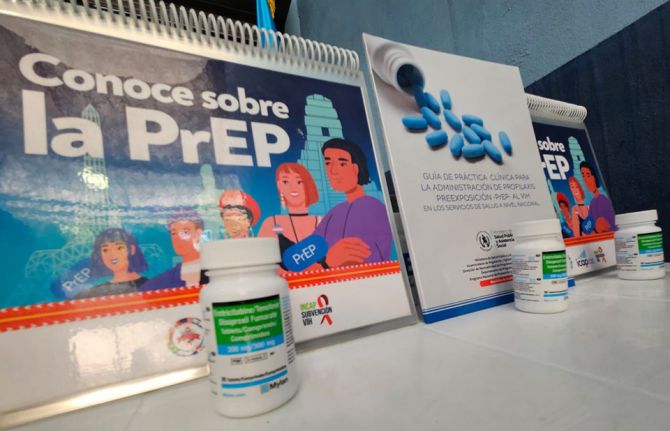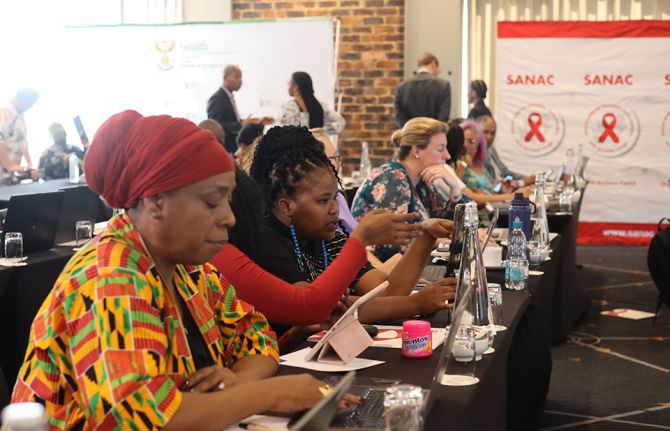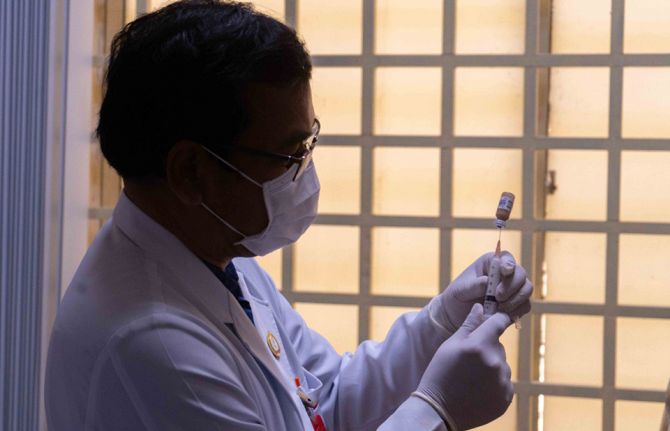
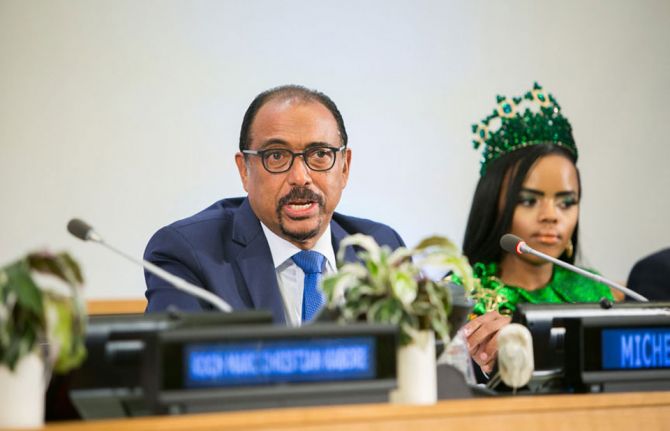
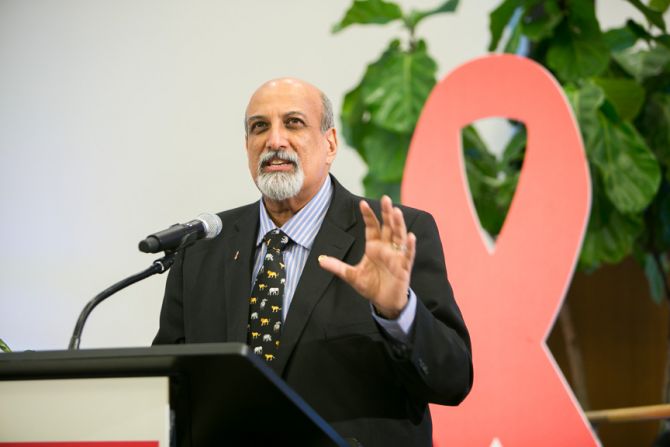
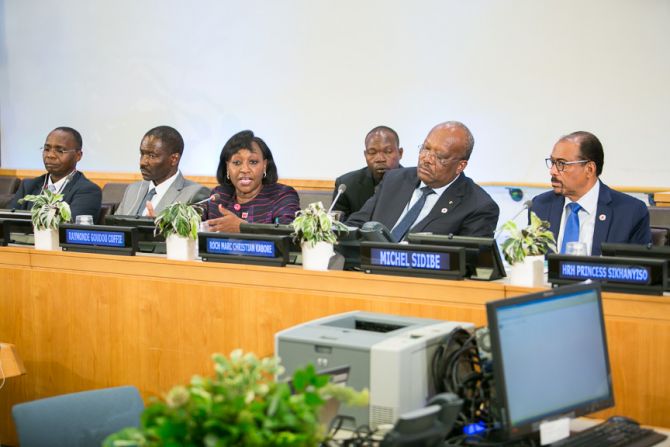

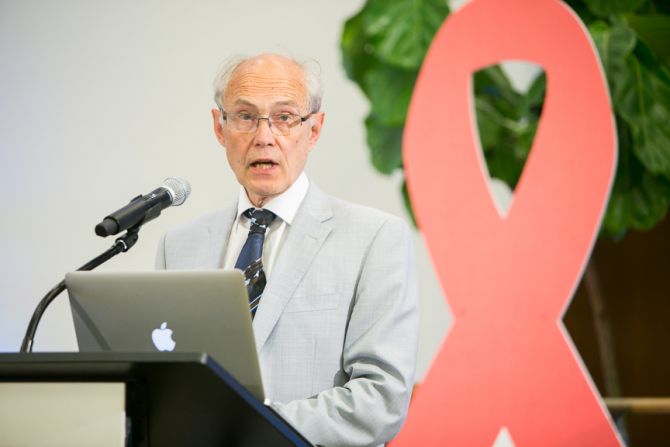
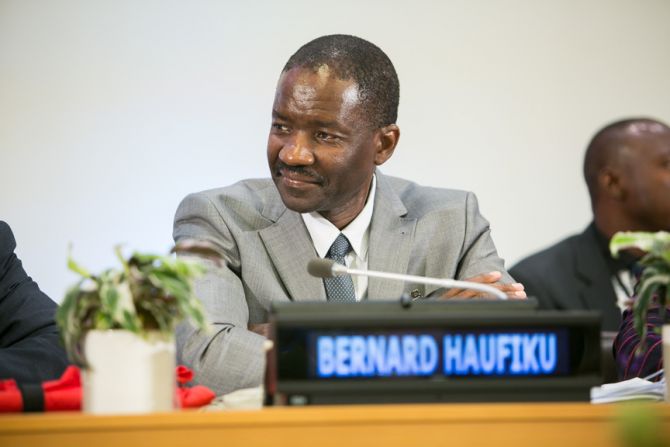
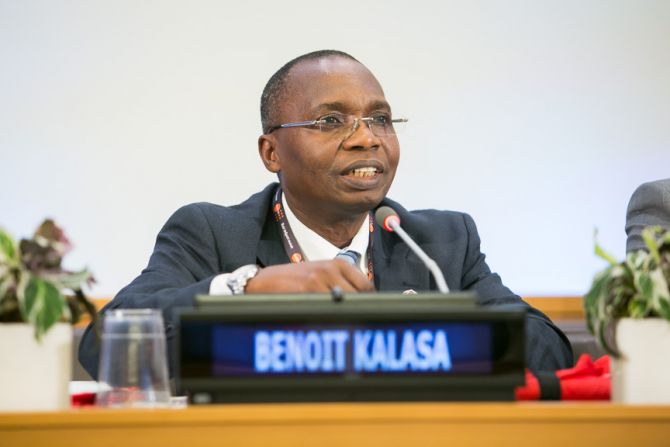
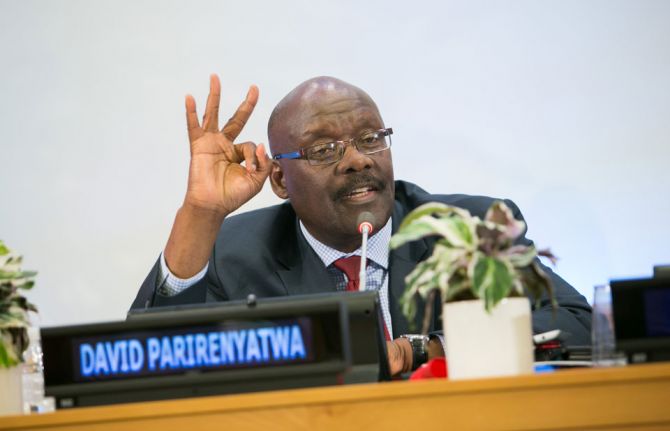
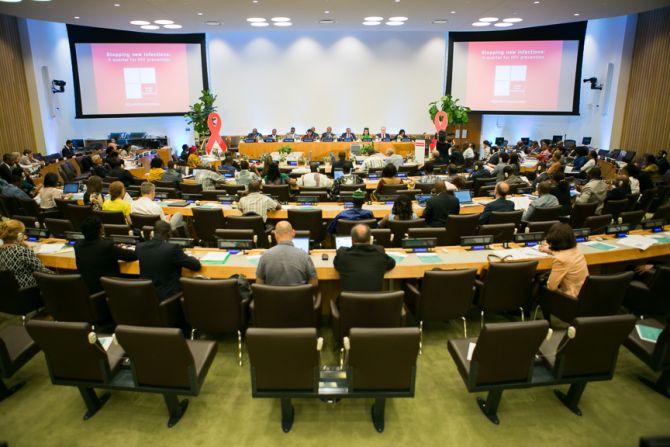
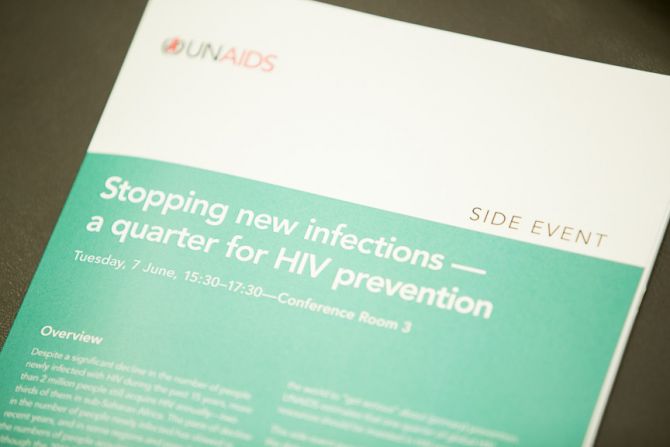
Update
Stopping new infections: a quarter for HIV prevention
07 June 2016
07 June 2016 07 June 2016UNAIDS Executive Director Michel Sidibé has called for combination prevention to be Fast-Tracked and for a thorough examination of investments in HIV prevention. Although HIV resources have grown overall, spending on prevention has not kept pace.
A side event held on the margins of the United Nations General Assembly High-Level Meeting on Ending AIDS, taking place from 8 to 10 June in New York, United States of America, heard that prevention needs to be taken more seriously and how at least a quarter of global HIV resources needed to be invested in prevention. Currently, countries spend as little as 10% on effective prevention methods and programmes.
The participants attending the event, entitled “Stopping new infections: a quarter for HIV prevention,” were told that treatment alone will not end the epidemic.
To reduce the number of people newly infected with HIV globally to the Fast-Track Target of fewer than 500 000 by 2020, towards ending the HIV epidemic as a public health threat by 2030, countries need to Fast-Track HIV combination prevention. However, new adult HIV infections are not declining fast enough to meet those targets.
Although there has been a significant decline in the number of new HIV infections since 2001, recent trends are disappointing. The most recent UNAIDS data released in the Global AIDS update 2016 on 31 May show that the number of new HIV infections has in fact stagnated since the High-Level Meeting on HIV and AIDS, held in 2011.
Increased provision and education around the use of condoms, pre-exposure prophylaxis and voluntary medical male circumcision were encouraged, alongside empowering young people and key populations to enable them to protect themselves.
The meeting, held on 7 June, heard that people have a right to be able to access prevention services. It was noted that investing in HIV prevention and reducing the number of new HIV infections will contribute to the sustainability of HIV treatment.
More than 2 million people are still newly infected with HIV annually, two thirds of whom live in sub-Saharan Africa. New HIV infections are particularly high among adolescent girls and young women in sub-Saharan Africa, with more than 5000 newly infected every week.
Addressing the meeting, Mr Sidibé said there was no magic bullet for HIV prevention—only a combination of behavioural, biomedical and structural programmes and approaches will stop new HIV infections.
Quotes
‘‘We must address the structural factors that exacerbate HIV vulnerability and empower young women and girls."
‘‘UNAIDS Executive Director has called for a quarter of global HIV resources to be invested in effective prevention. In Namibia, we shall invest 3o% in prevention of child and adult infections’.
“This is not just about being serious but also about getting real about HIV prevention. One quarter of global HIV resources will need to be directed to HIV prevention, while maintaining the momentum on treatment expansion’’.
‘‘My message is about the economic and fiscal risks inherent in failing to bring down new infections much faster than we have been seeing. Finance ministries, donors and the international institutions need to understand these risks and take action to address them’’.
‘‘National governments and donors must recommit to making condoms available to all through HIV and sexual and reproductive health services, targeting young people and key populations’’
Related information
Find out more about the #HLM2016AIDS

